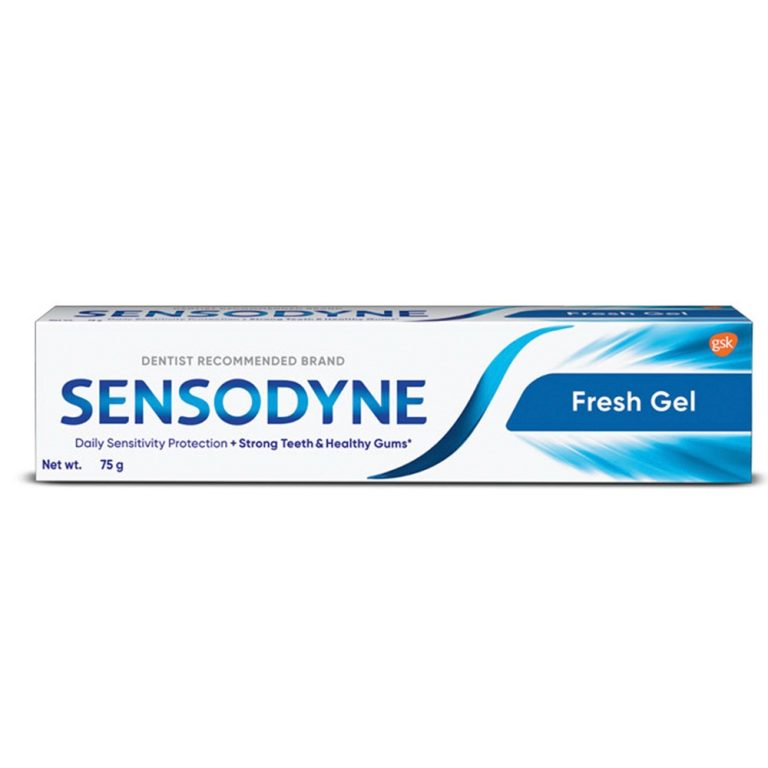
The Surprising Origin: Who Invented Toothpaste?
The Ancient Beginnings of Oral Hygiene
The story of toothpaste starts long before modern times. People have always sought ways to clean their teeth. Ancient civilizations took oral hygiene seriously. Who invented toothpaste? They did not have the toothpaste we know today, but they were inventive.
Early Tooth Cleaning Methods and Ingredients
Early methods for tooth cleaning were rudimentary but effective. Egyptians used twigs and leaves to scrub their teeth. They were the precursors to our toothbrushes. Greeks and Romans had their own recipes. They mixed crushed bones and oyster shells with other ingredients. These mixes helped to remove debris from teeth. The ingredients were abrasive and not pleasant to taste. Over time, humanity looked for better options. We wanted something less harsh and more flavorful for our oral care. The quest for a better cleaning solution led to significant milestones in the history of toothpaste. Who invented toothpaste? It was Dr. Peabody, in 1824, who made a critical leap. He added soap to the mix, creating a cleaner paste for dental care.
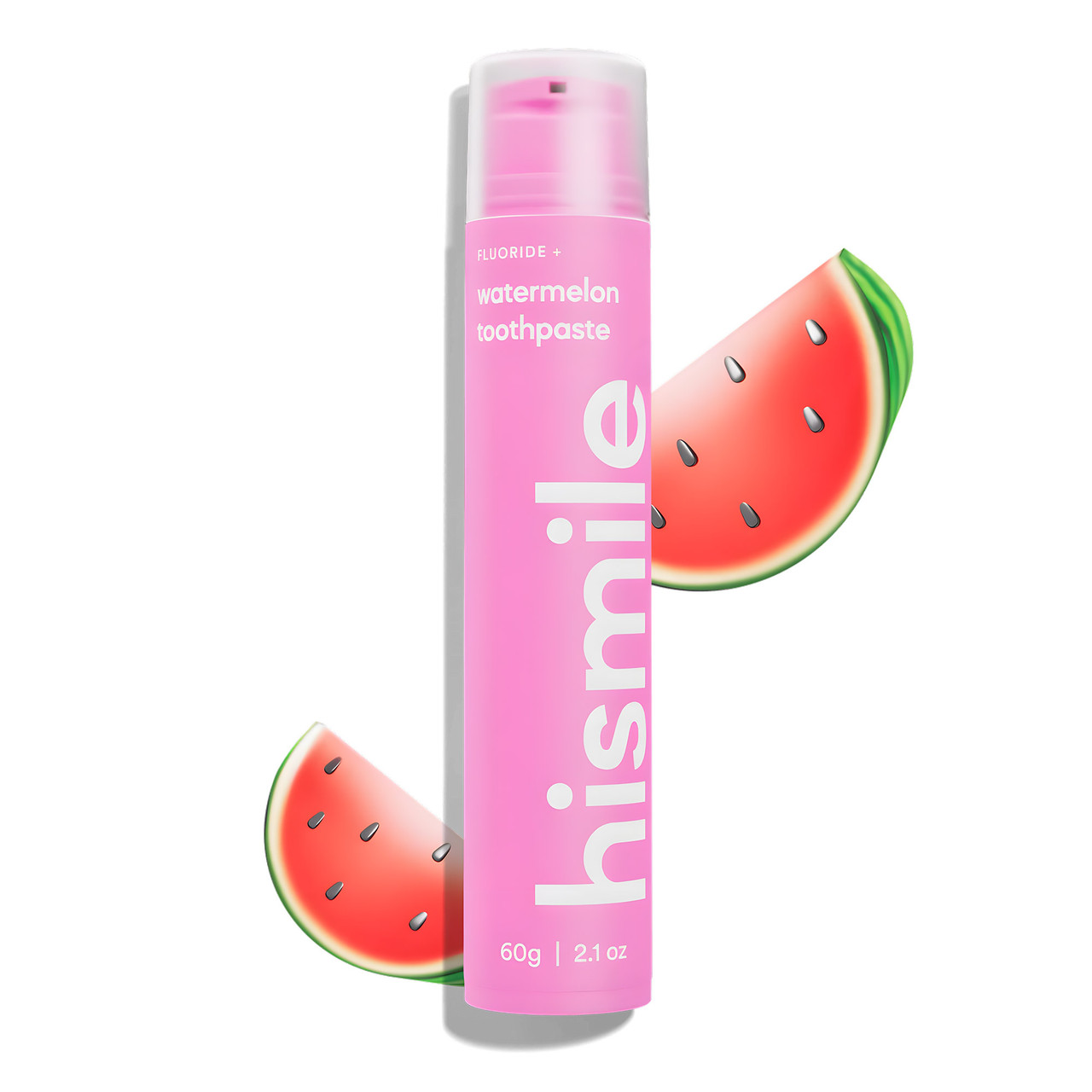
The Advent of Modern Toothpaste
As our journey through the history of dental cleanliness continues, we encounter a transformative period: the birth of modern toothpaste. Who invented toothpaste?Our ancestors’ quest for more palatable and effective dental care paved the way for innovations that would radically change oral hygiene practices.
Dr. Peabody’s Introduction of Soap to Toothpaste
In a pivotal moment in 1824, Dr. Peabody revolutionized dental care. He introduced soap to tooth-cleaning mixtures, formulating modern toothpaste. This addition significantly improved the ability of pastes to clean teeth effectively. While today we might find the idea of soap in our toothpaste unusual, Dr. Peabody’s innovation was momentous at the time. It marked a significant step towards toothpaste as we recognize it today.
The Development of Toothpaste in Tubes
Another remarkable leap came with the packaging of toothpaste. In 1896, Colgate started selling toothpaste in tubes, inspired by Dr. Washington Sheffield’s sanitary vision. Dr. Sheffield thought it unclean for multiple people to share the same jar of paste. The tube, similar to ones used for paint, presented a cleaner, more practical way to dispense toothpaste. This advance not only improved hygiene but also added convenience to the daily routine of brushing teeth.
The Introduction of Fluoride
The journey of toothpaste evolution reached a breakthrough with the introduction of fluoride. Who invented toothpaste?This significant development meant more than just cleaner teeth; it was a game-changer for dental health overall.
Crest’s Innovation for Dental Health
In 1956, the dental care industry witnessed a pivotal moment when Crest introduced the first fluoride toothpaste. This was the result of years of research by Proctor & Gamble into ingredients beneficial against tooth decay. They collaborated with Dr. Joseph Muhler at Indiana University, culminating in a toothpaste that could effectively combat cavities. The fluoride in toothpaste acts to protect teeth by strengthening enamel and fighting plague, significantly reducing the risk of cavities.
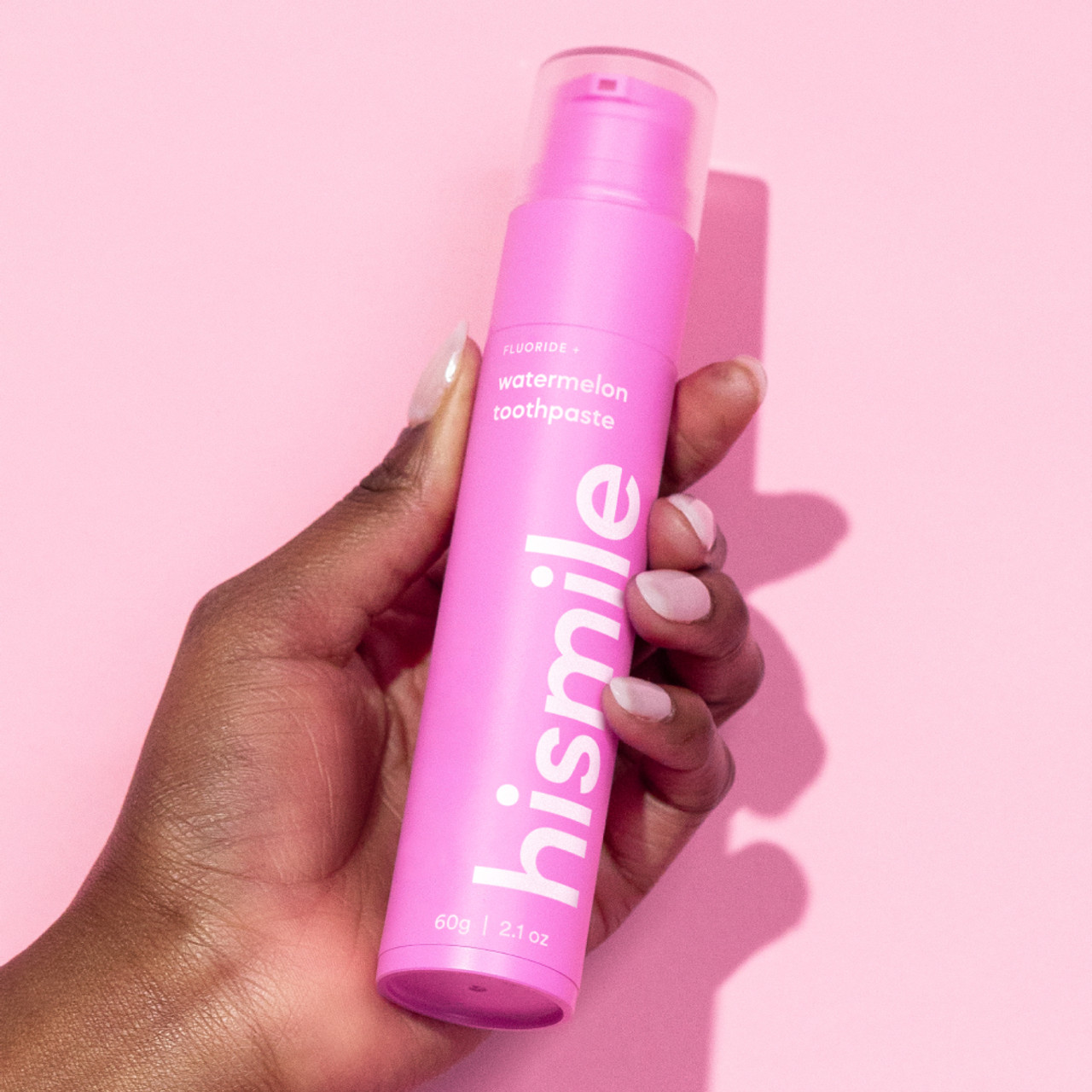
The Evolution of Toothpaste Ingredients
From Soap and Chalk to Advanced Formulations
Early toothpaste ingredients would surprise many today. Who invented toothpaste?Soap and chalk were once common. These substances helped clean teeth but were far from ideal. It was only in the mid-20th century that we saw a major shift.
Scientists replaced soap with gentler cleaning agents. Sodium lauryl sulfate is one such ingredient that helps create a foamy texture while cleaning. They introduced abrasives that were less harmful to enamel. Silica is an example, offering a balance between effective cleaning and enamel safety.
Flavorings underwent changes too. Strong mint flavors became the norm, encouraging regular use by offering a pleasant taste. Additionally, there’s been an introduction of fluoride that strengthens teeth. It’s not just about cleaning anymore. Today’s toothpaste aims to improve overall dental health.
The development of special formulations addresses various needs. There are toothpastes for sensitive teeth, gum health, and tartar control. Each formulation caters to a specific dental concern people might have.
Modern science has led to toothpaste with enzymes and proteins to fight bad breath at the molecular level. Others include whitening agents to brighten smiles. Indeed, the creation of specific formulations was a technological milestone in oral care. We’ve come a long way from the basic soap and chalk mixtures. The toothpaste we use today encompasses a wide range of functions besides just cleaning our mouths.
Whitening Toothpaste: A Technological Milestone
Whitening toothpaste represents a significant leap in the history of dental products. Who invented toothpaste?By the mid-1980s, advances in dental care had led to the addition of special ingredients. These ingredients could brighten smiles without extra treatments. It was a technological milestone that reflected society’s growing interest in cosmetic dental care.
The Rise of Cosmetic Dental Products
The cosmetic appeal of toothpaste took center stage with the advent of whitening formulas. Brands like Colgate and Crest began to include mild abrasives and chemicals like carbamide peroxide. These helped in removing stains and whitening teeth. Such innovations catered to the public’s desire for a brighter smile. Today’s markets offer a variety of whitening toothpastes. Each claim to improve tooth color while also protecting dental health. Whitening toothpaste became more than a cleaner; it became a beauty product. The appeal of whiter teeth created a whole new segment in oral care. People could now improve the appearance of their teeth during their regular brushing routine.
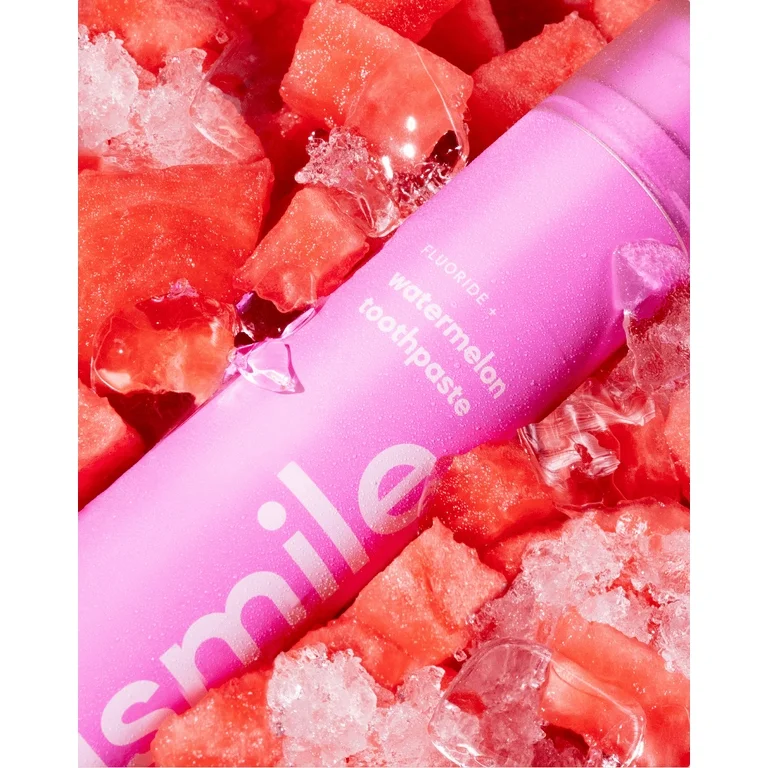
Toothpaste as a Household Staple
Novel Household Uses for Toothpaste
Toothpaste’s cleaning and abrasive properties have inspired creative uses beyond brushing teeth. Here are some novel household uses for toothpaste:
- Polishes Metal: Toothpaste can shine faucets and silverware with its gentle abrasives.
- Cleans Sneakers: It removes scuffs from shoe rubber, making sneakers look new.
- Defogs Mirrors and Glasses: Applied then wiped off, it can keep mirrors and eyeglasses fog-free.
- Removes Crayon from Walls: Toothpaste can lift crayon marks without damaging paint.
- Jewelry Shine: A little paste on a brush can give jewelry a fresh sparkle.
This versatility gives toothpaste its reputation as a go-to item not just for dental care, but for handy cleaning solutions too.
Understanding Toothpaste’s Impact on Today’s Dental Hygiene
Toothpaste has shaped oral hygiene in profound ways. It has transitioned from a primitive mix to an essential health item. Modern toothpaste matches our dental needs. It does more than clean; it protects and strengthens teeth. Quality ingredients in toothpaste fight plaque and decay every day.
The Transition From Abrasive Pastes to Protective Toothpastes
Early toothpaste used rough materials to scrape away debris. Ingredients like eggshells and ash were common. They worked, but could damage teeth. Today, toothpaste formulas are advanced. They use safe abrasives and add fluoride for protection. The focus has shifted from just cleaning to also protecting teeth. More gentle ingredients promote oral health without wear on enamel. Flouride, for example, helps to maintain tooth strength and fight off cavities. This evolution marks a big step forward in dental care. Toothpaste now ensures daily hygiene and supports long-term tooth health.
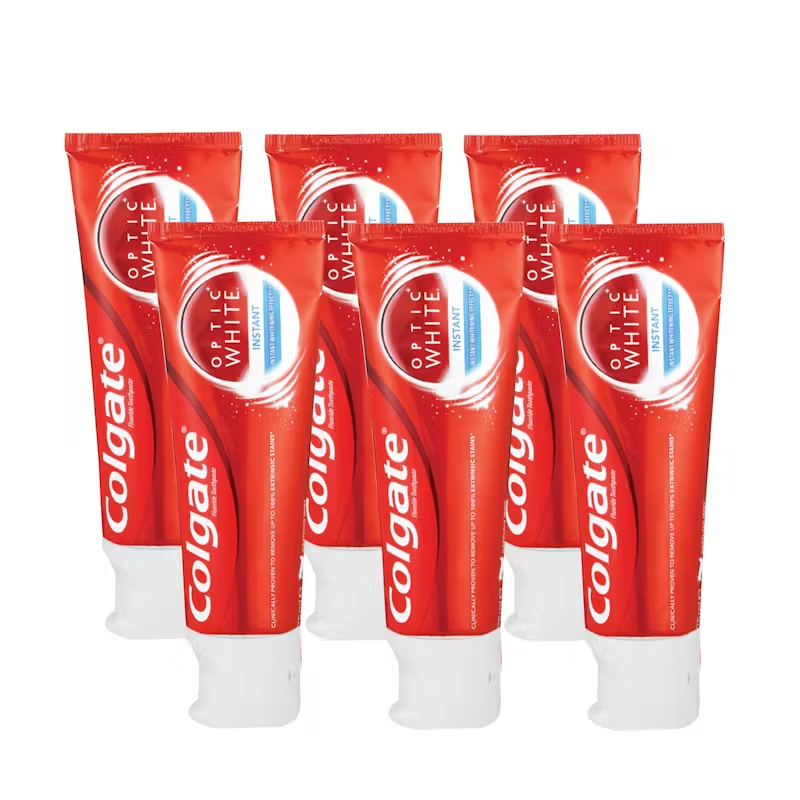
Conclusion: The Impact of Toothpaste Invention
Toothpaste has transformed significantly since its inception. The earliest versions date back to ancient Egypt, where mixtures of abrasives and flavoring agents were utilized. Through the centuries, various cultures contributed to this essential dental care product, adapting formulas to include different ingredients.
By the 19th century, commercial toothpaste became more common. Innovations like fluoride and the introduction of tubes revolutionized accessibility, making oral hygiene easier for everyone. These advancements led to widespread awareness of dental health and its importance.
Transitioning into modern times, today’s toothpaste options are astonishingly diverse. Many brands offer specialized formulations to address specific dental needs, from whitening to sensitivity and even natural ingredients. This variety ensures that individuals can choose a product that aligns with their preferences and requirements.
Moreover, the rise of technology has influenced toothpaste production. Scientific research continues to develop improved formulas that promise even better oral health benefits. As a result, consumers now enjoy products equipped with cutting-edge innovations that were unimaginable a century ago.
In conclusion, the invention and evolution of toothpaste have significantly impacted daily hygiene practices. From ancient pastes to contemporary brands, toothpaste plays a crucial role in maintaining oral health. It encourages consistent brushing, thereby reducing the risk of cavities and gum disease.
As the journey of toothpaste continues, one can expect more advancements that enhance its effectiveness. The commitment to improving dental care remains a priority for consumers and manufacturers alike. So, the next time the toothbrush is reached for, consider the rich history embedded in that small tube of toothpaste.

